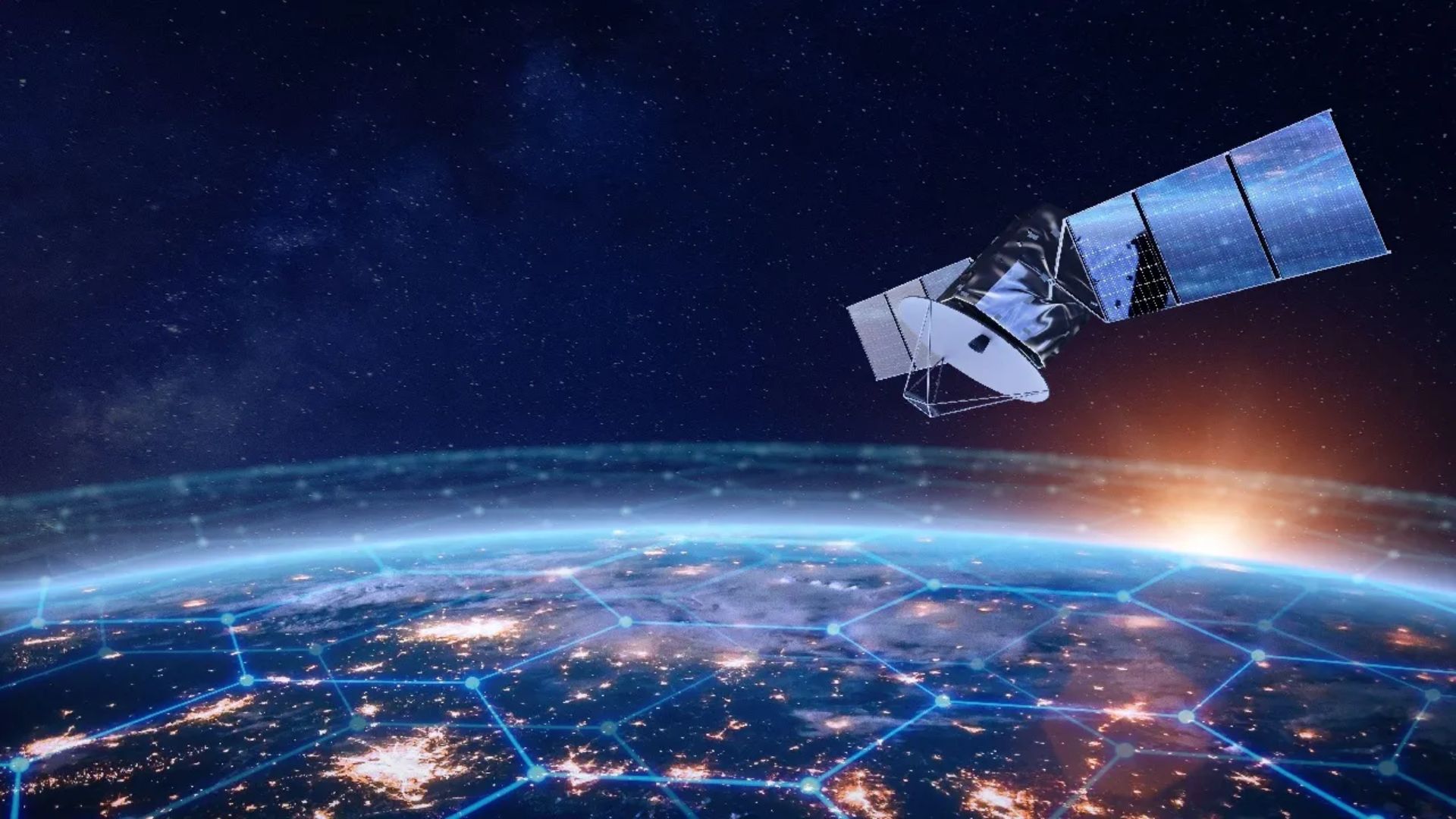
Imagine having mobile broadband access anywhere on the planet — whether in the middle of an ocean, deep within a desert, or amid disaster zones — without the need for traditional cell towers. This is becoming a reality thanks to Direct-to-Cell (D2C) satellite technology, an innovation enabling ordinary smartphones to connect directly to satellites orbiting the Earth.
Pioneered by companies such as AST SpaceMobile, Lynk Global, and SpaceX’s Starlink, D2C technology is poised to revolutionize global connectivity. However, as it lowers barriers to internet access, it also introduces a host of new cybersecurity risks that experts say must be urgently addressed.
What is D2C, and Why It Matters
Conventional cellular networks depend on extensive ground-based infrastructure, including cell towers, fiber optic cables, and data centers. In contrast, D2C satellites function like flying cell towers, allowing regular smartphones to connect via standard radio bands — no need for satellite phones or dedicated equipment.
The advantages are considerable: universal coverage, rapid disaster response, and internet access for underserved communities. Yet with the race to deploy these systems accelerating, cybersecurity experts warn that critical vulnerabilities may be overlooked.
A New and Expanding Attack Surface
Unlike traditional networks, D2C systems are inherently global and wireless, making them uniquely vulnerable. Threat actors do not need to be physically close to interfere with satellite communications. Inexpensive equipment can be used to jam or spoof signals from orbit.
A successful cyberattack could severely disrupt services — hindering emergency response efforts, cutting off education for remote students, or affecting business operations. In regions where D2C may become a primary means of internet access, any disruption could trigger widespread social, economic, and public health impacts.
Key Cybersecurity Vulnerabilities
Several major cybersecurity risks face D2C systems:
- Signal jamming and spoofing: Deliberate interference can block legitimate communications or trick devices into connecting to malicious sources.
- Exploits targeting satellite control: Breaches in telemetry, tracking, and control systems could allow attackers to disable or take over satellites.
- Man-in-the-Middle attacks: Data transmissions between satellites and ground.





